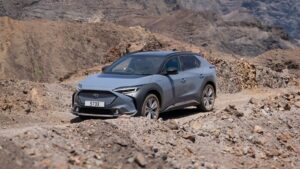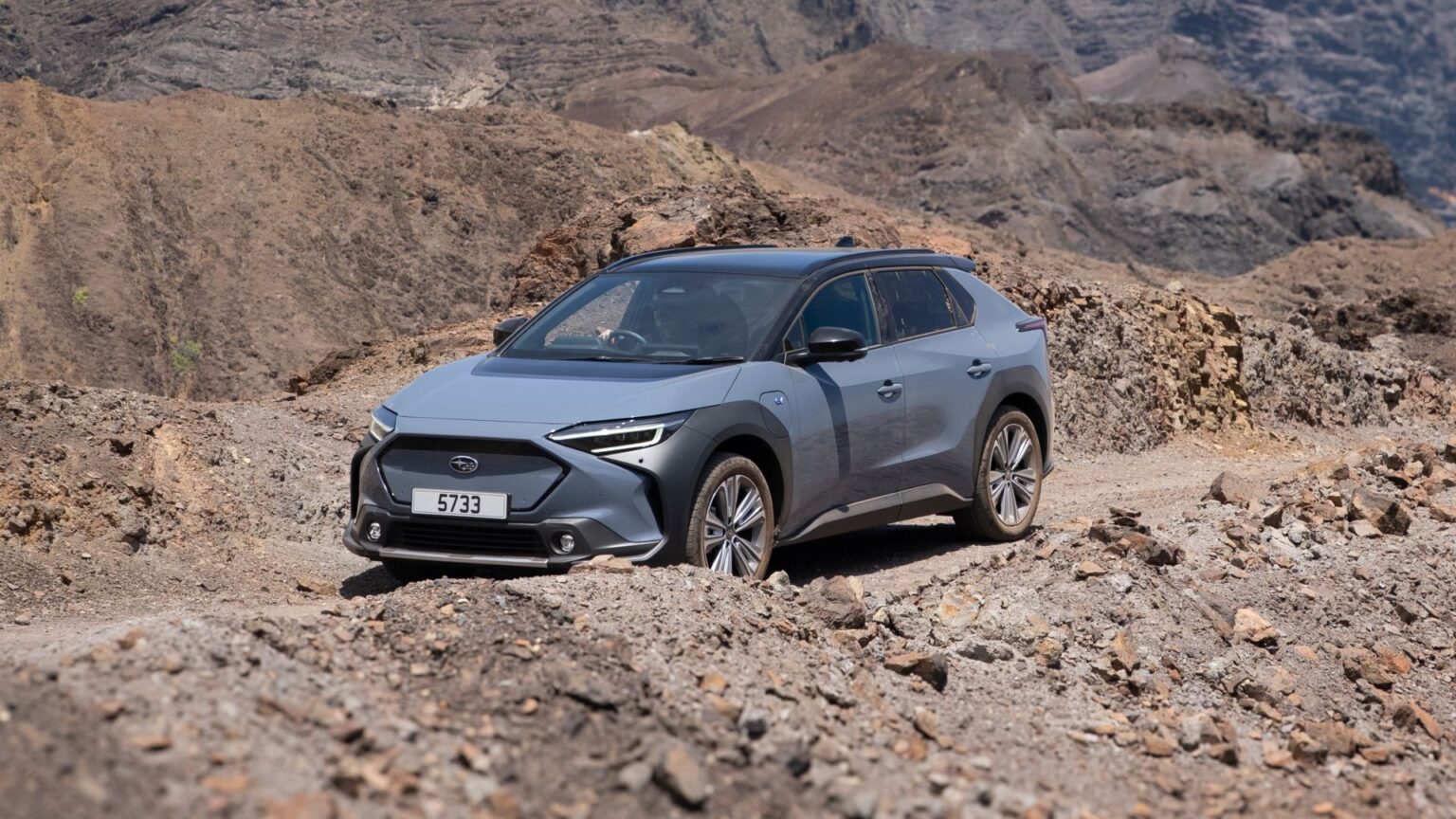It can be hard to find a place to charge your electric vehicle, especially if you live in a remote area away from large population centers. But, there’s remote, like the rural regions surrounding a major city, and then there’s remote, like the island of St. Helena in the middle of the Atlantic Ocean, 1,200 miles off the coast of Africa.
Testing the capability of its battery-powered Solterra SUV as well as the feasibility of EV charging in such a secluded location, Subaru UK worked with Norwegian electric vehicle charger brand Easee to install an EV charger on the island. St. Helena is most famous for being the place where Napoleon Bonapart was exiled following his Hundred Days reign after his defeat at the battle of Waterloo. This British Overseas Territory is also home to Jonathan, a 192-year-old tortoise.
So, Why Even Bother?
What’s the point of installing an EV charger in such a staggeringly remote location? Well, according to a media release shared by the automaker, Subaru and Easee both wanted to “test the feasibility, reliability, and adaptability of electric vehicle use on one of the most remote inhabited islands on the planet,” and that makes sense. If something’s going to fail – either in the vehicle, charger, or electrical grid – it will probably happen in a location like this, where spare parts are scarce and practically everything has to be shipped in from across the ocean.
What’s interesting here is that the charger and related hardware were pretty much installed for just one vehicle,
. Reportedly, there are only four other electric vehicles in service on St. Helena, and none of them are modern EVs that today’s drivers would be familiar with.
A Test For The Solterra, Too
The jagged terrain of St. Helena was also a test for the Solterra. Jamestown, the rugged volcanic island’s capital city, has narrow, winding roads, which can be a challenge to navigate, though the craggy landscape is even more worrisome. The island only measures about 10 miles long by 5 miles wide, so there’s no real highway network, though, for example, the Solterra was tested for a whole day, traveling about 50 miles in total, which only reduced the battery by 20-percent. Charging challenges notwithstanding, since, you know, there’s only one real charger on the island right now, an EV could be the ideal vehicle for a location like this, where the climate is mild and the driving is at low speeds.
The Easee charger will remain in St. Helena where it will help create a new charging network. More EVs will find their way to the island in 2025, and they’ll need to juice up somewhere. In the same media release shared by Subaru, Mark Brooks, the St. Helena Minister for Treasury and Economic Development said, “The next step is to roll out the infrastructure so that we are using electric vehicles more and more on the island.” Understandably, diesel- and gasoline-powered cars and trucks rule the roads right now.
Renewable Energy To The Rescue
Helping charge that Solterra, and run the rest of the island, St. Helena has a wind farm and an array of solar panels that generate around a quarter of the electricity needed. The rest comes from diesel generators that burn fuel shipped in from South Africa. Going forward, though, the local government is looking to go green in a big way. Officials are aiming to switch to renewable energy, to generate 80-percent of St. Helena’s power from green sources by the year 2028.
Read the full article here



